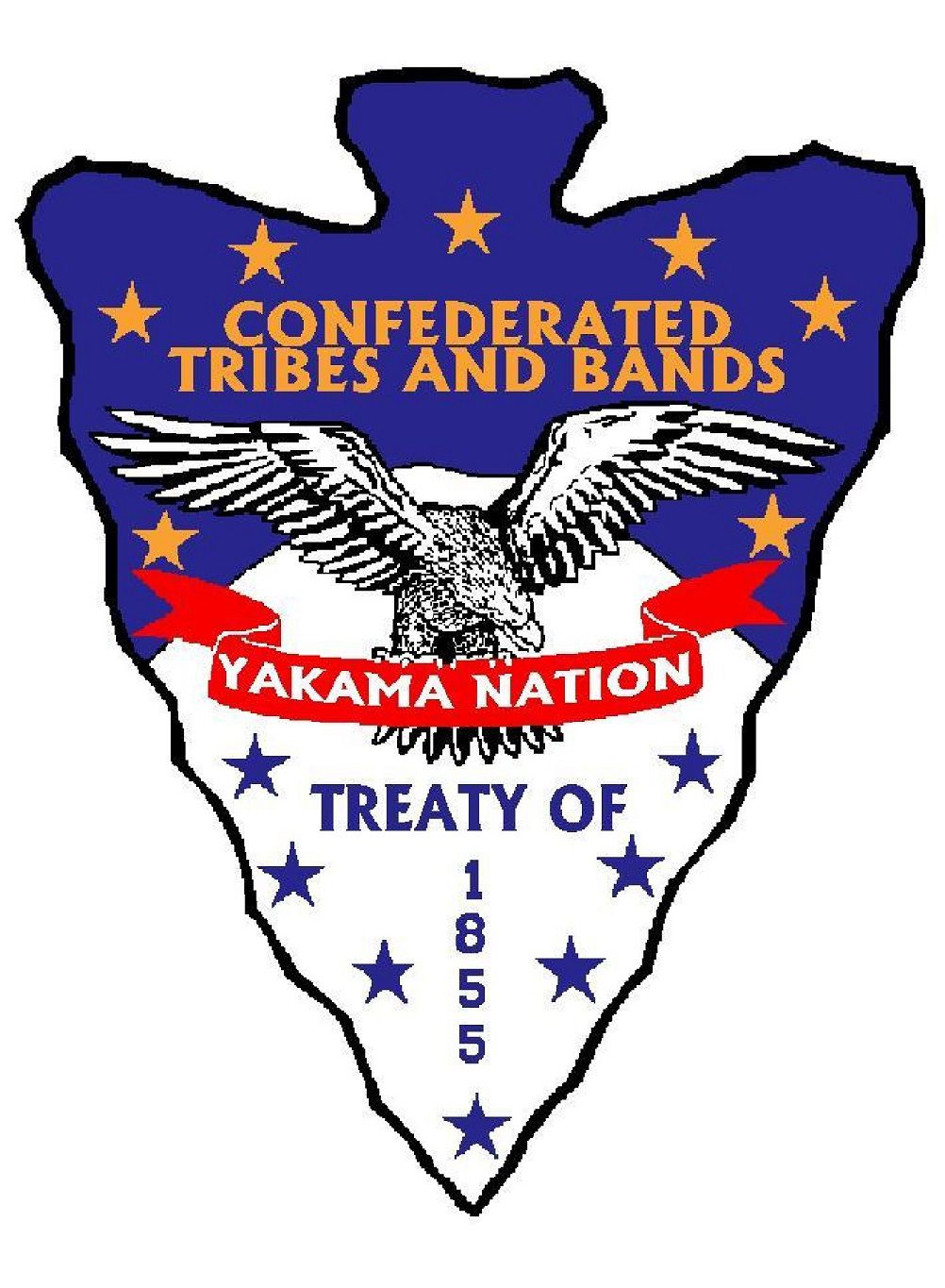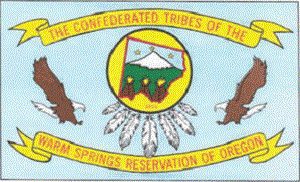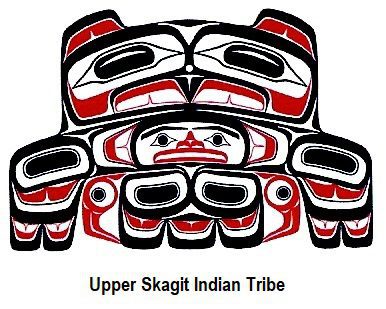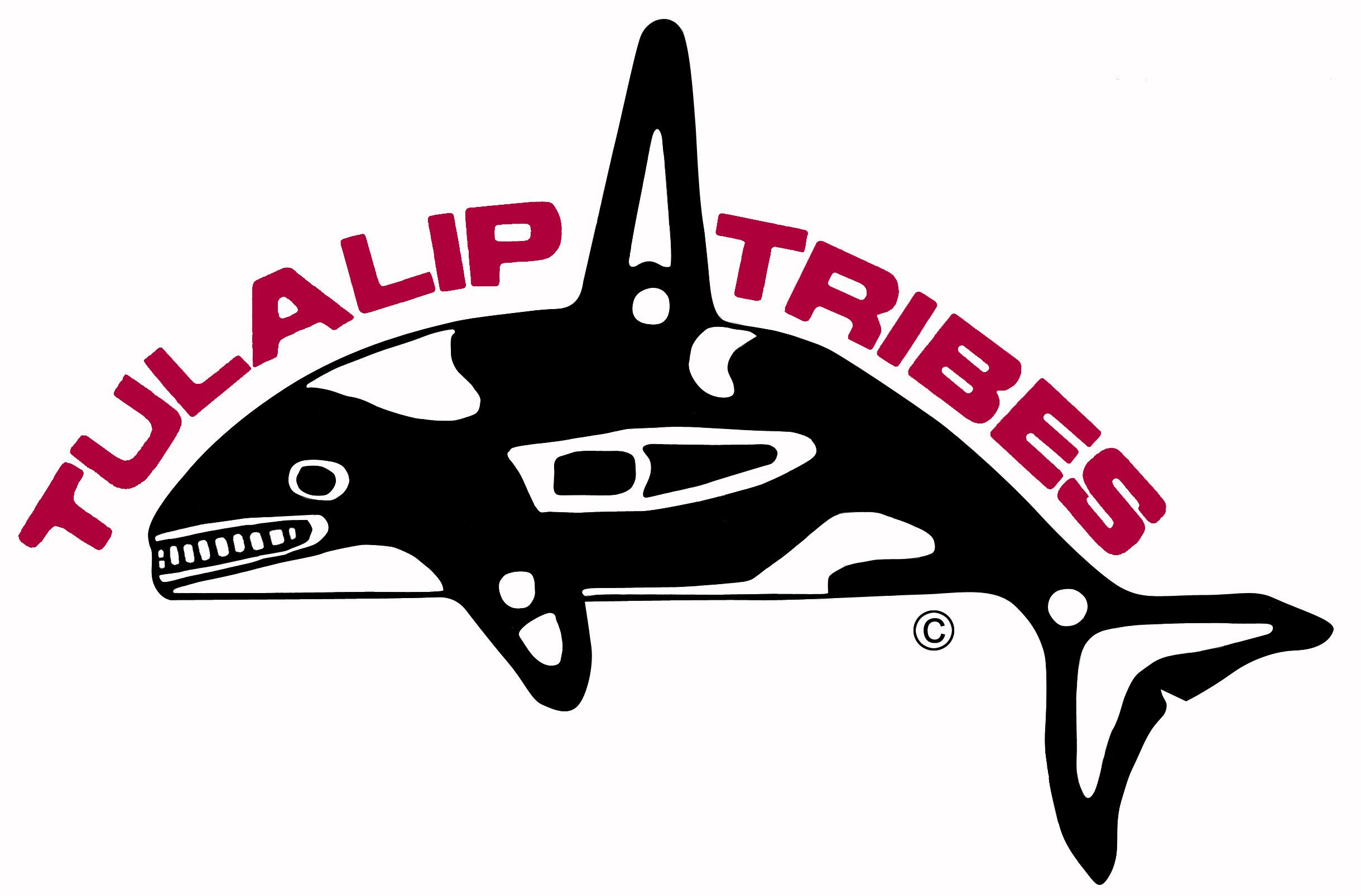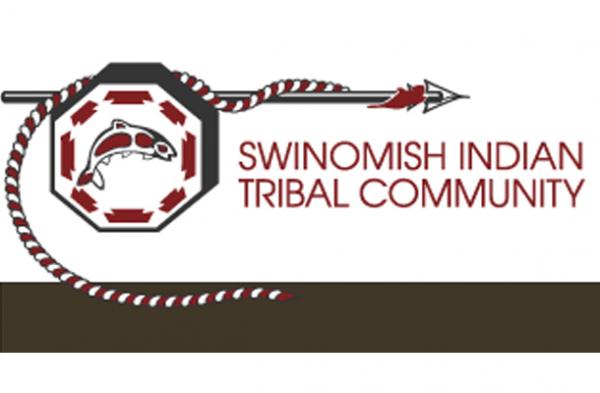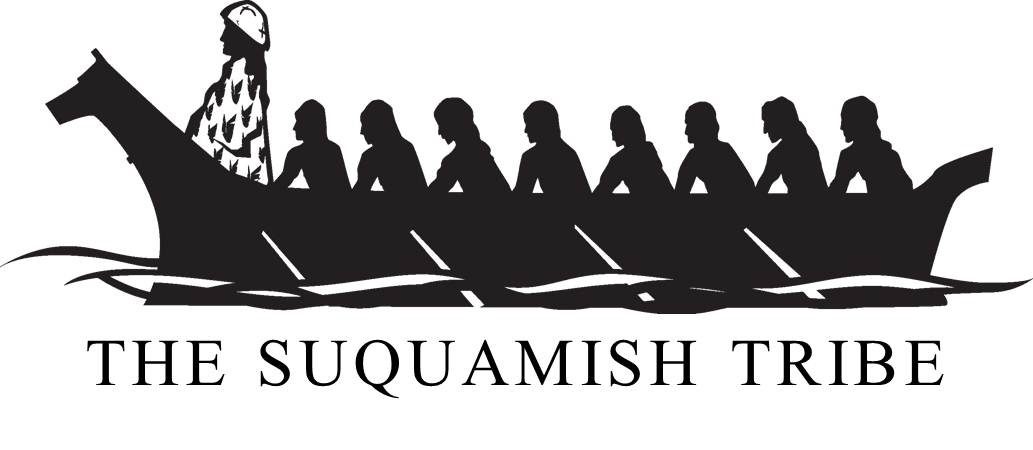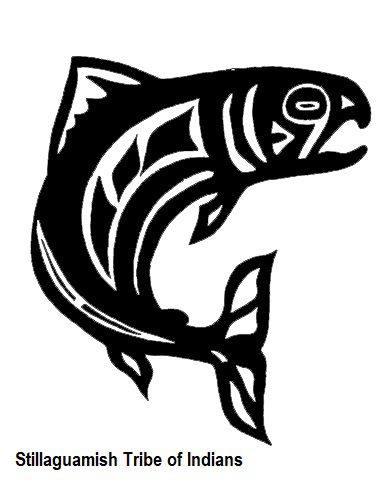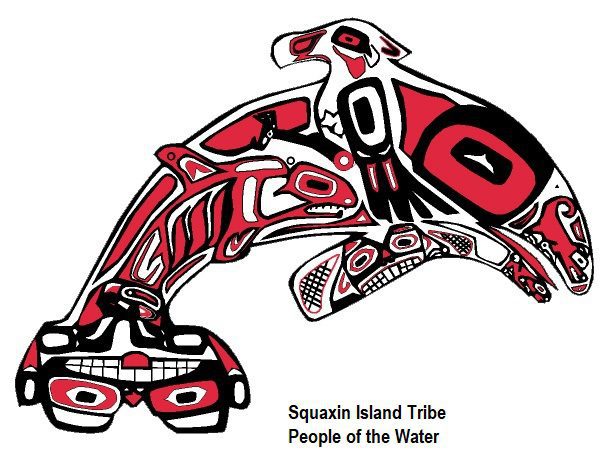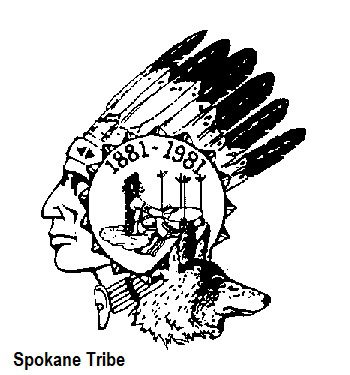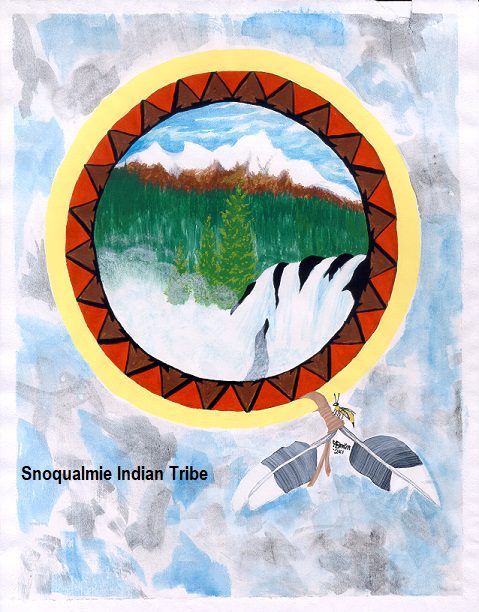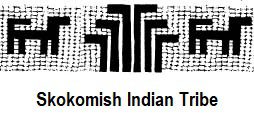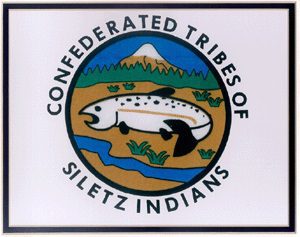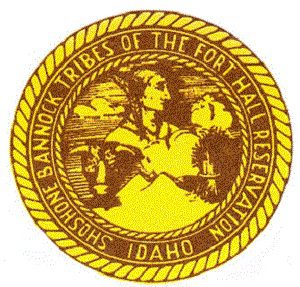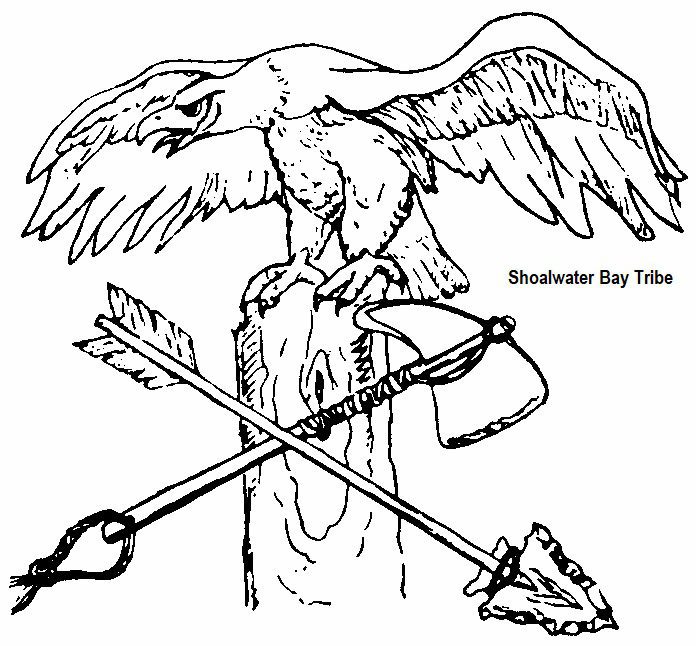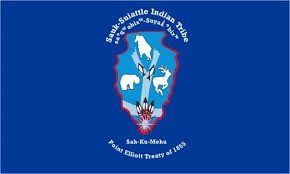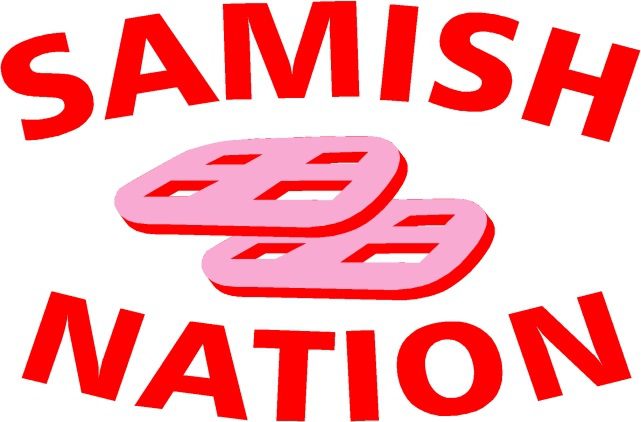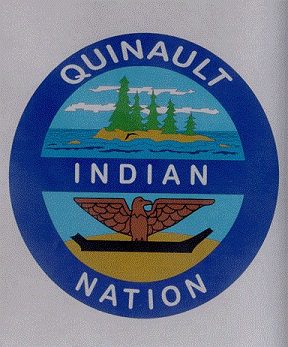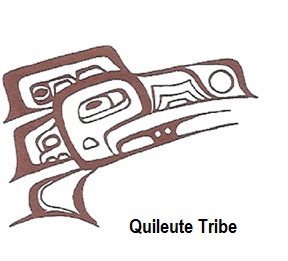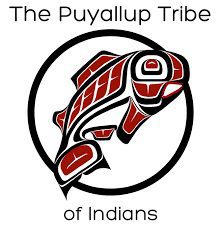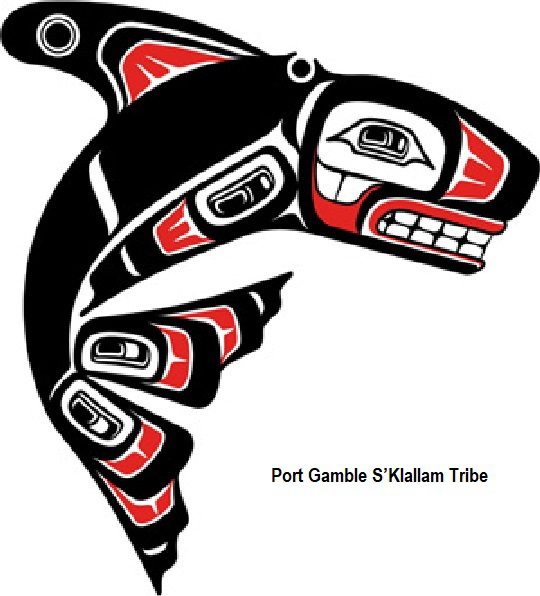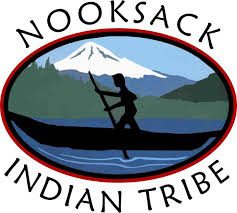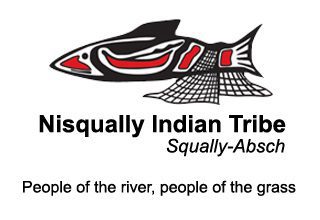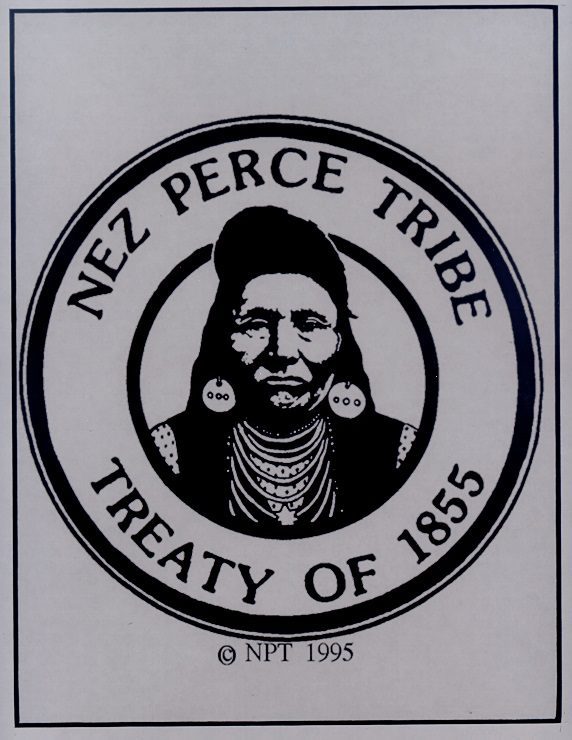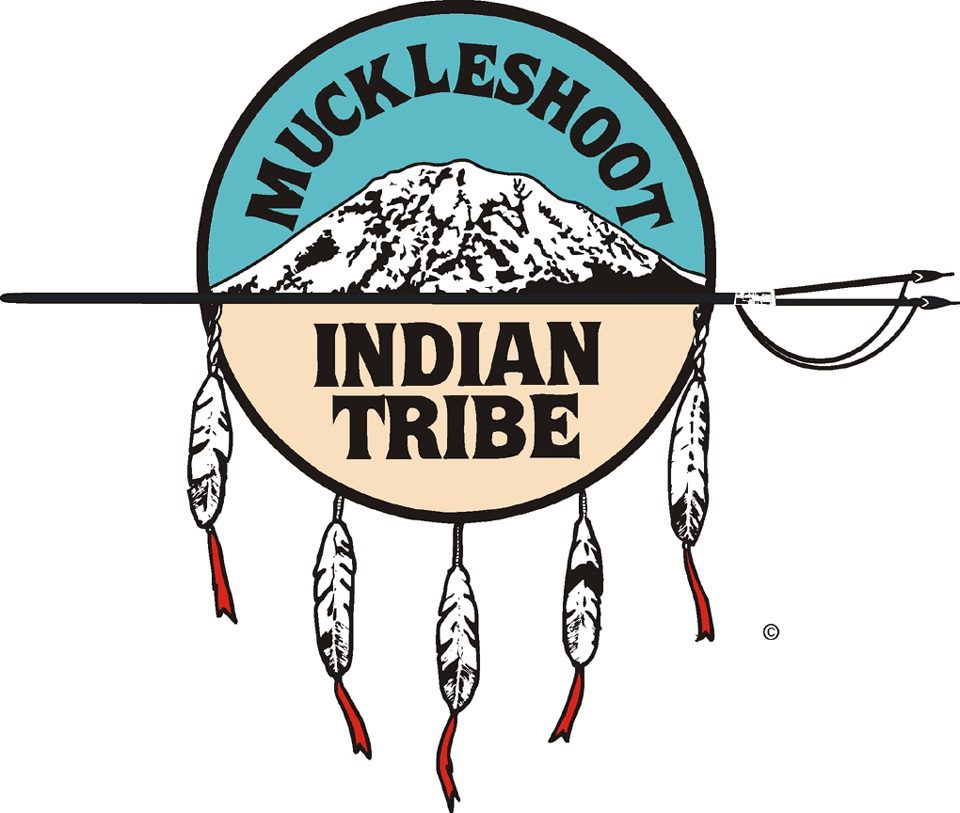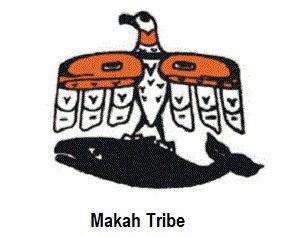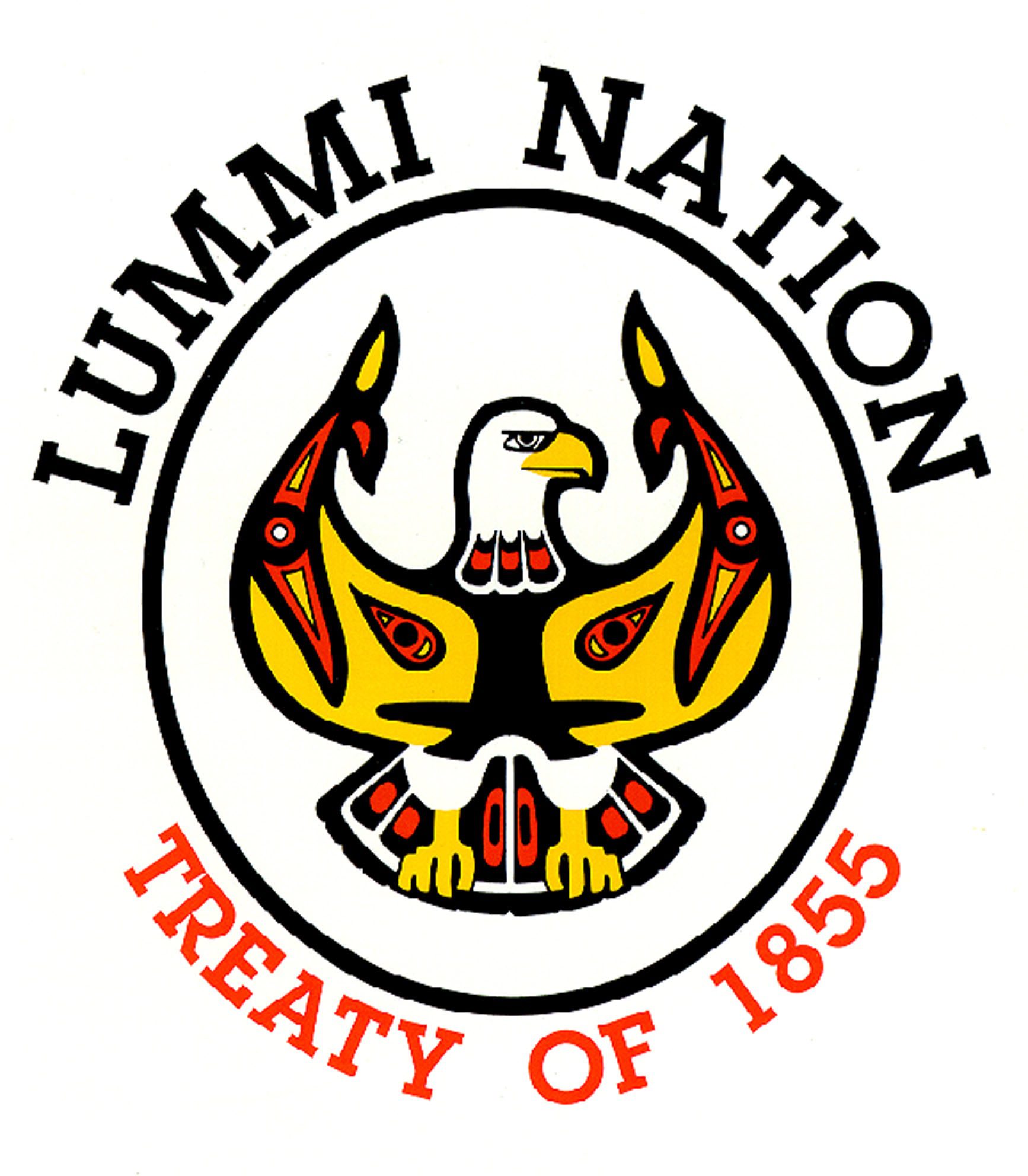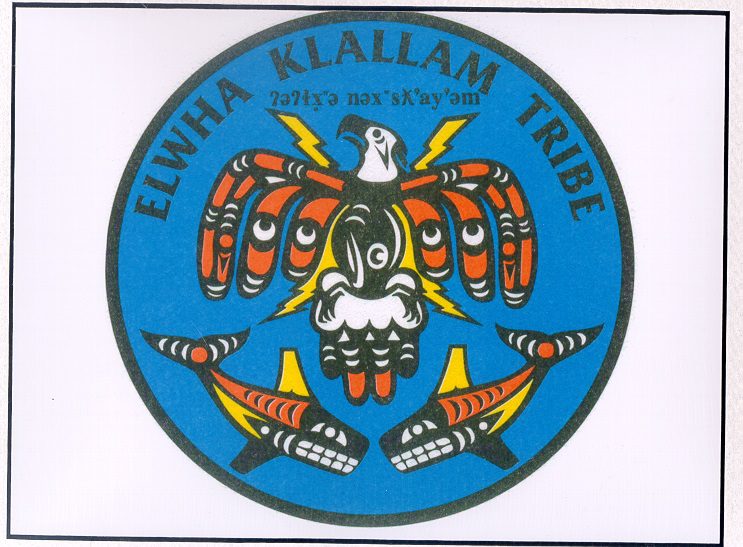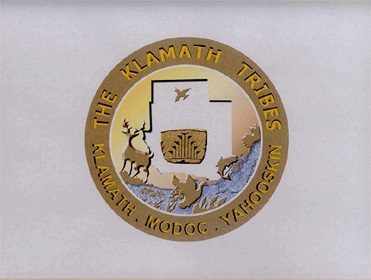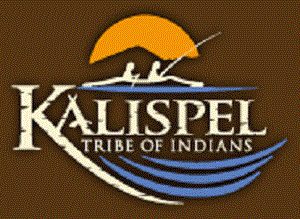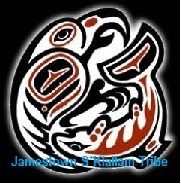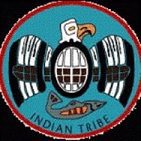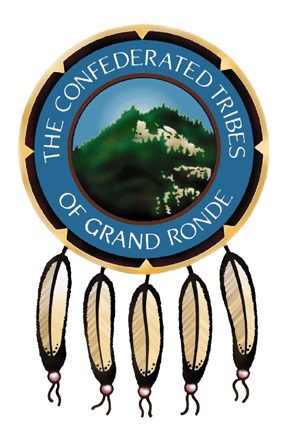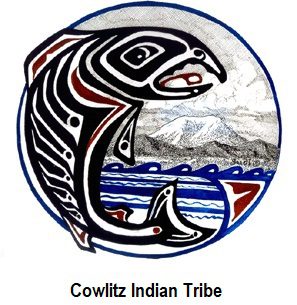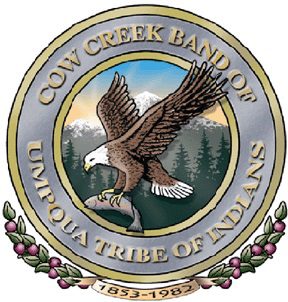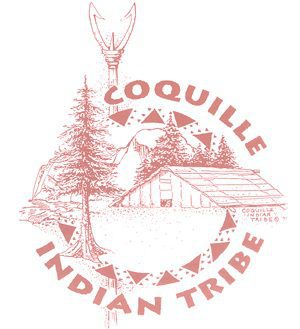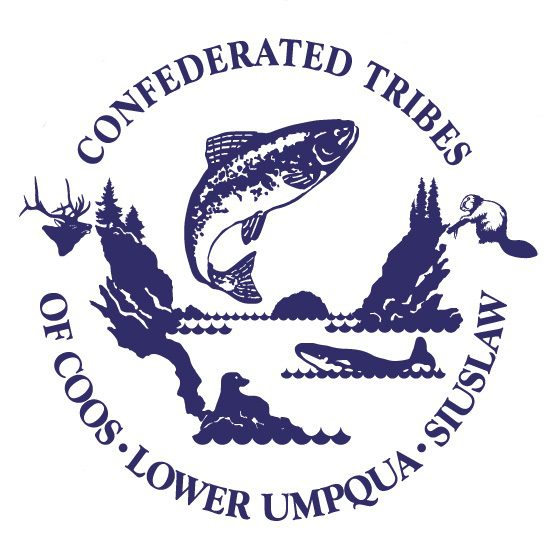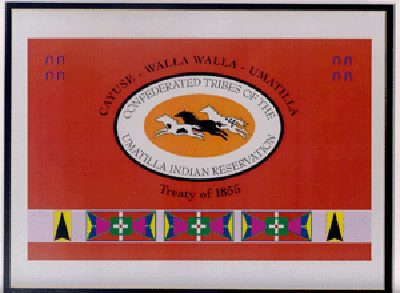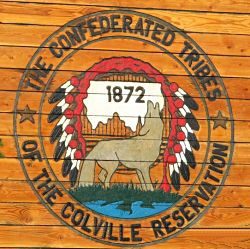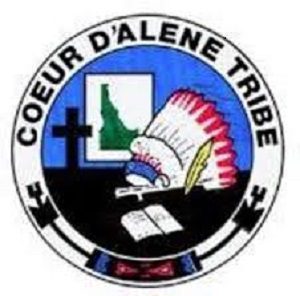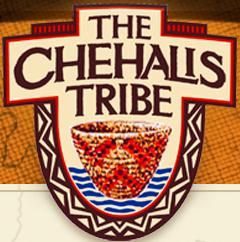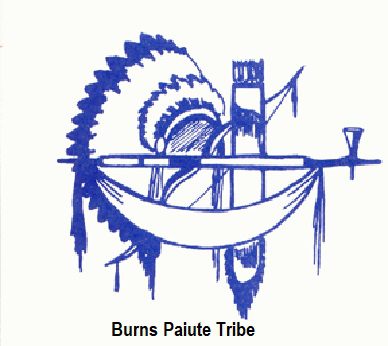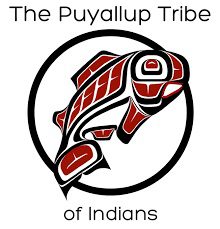The Wadatika Health Center was constructed and completed on August 13, 1996. It is located on the Burns Paiute Reservation. It is constructed of wood and is 4,307 square feet. The Center is designed to accommodate expansion when necessary. The Burns Paiute Tribe is a PL 93-638 Title I Contractor. Hence, they must contract for primary care providers. Tribal Health Services has contracts with local medical and dental providers: 3 general physicians, 1 surgeon, 3 family nurse practitioners, 3 dentists, and 2 physical therapists. Those needing a medical specialist are referred to Bend, Oregon—135 miles away. Emergency ambulance services provided by the City of Burns, with Air Life for air medical transport. They also contract with the county mental health office and two other professionals for mental health services. The Tribal Council has designated the Tribal Health Services as the 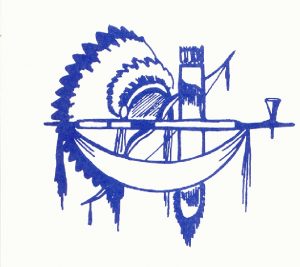 lead tribal program for health care, social services, and education services. Under the structure of Tribal Health Services comes: Health Management, Community Health Nursing, Community Health Representatives, IHS Alcohol, Mental Health, Contract Health Services, State Alcohol Prevention Program, Breast & Cervical Cancer Project, Domestic Water System, and Community Nutrition and Commodity Foods Distribution Programs. Tribal Social Services is supervised by the Tribal Health Director, in turn Social Services supervises the Indian Child Welfare Act, Family Preservation Project, plus the Education Programs such as the Johnson O’Malley, Adult Education, Higher Education, Youth Opportunity, Employment Assistance, and the Child Care Development Block Grant Services.
lead tribal program for health care, social services, and education services. Under the structure of Tribal Health Services comes: Health Management, Community Health Nursing, Community Health Representatives, IHS Alcohol, Mental Health, Contract Health Services, State Alcohol Prevention Program, Breast & Cervical Cancer Project, Domestic Water System, and Community Nutrition and Commodity Foods Distribution Programs. Tribal Social Services is supervised by the Tribal Health Director, in turn Social Services supervises the Indian Child Welfare Act, Family Preservation Project, plus the Education Programs such as the Johnson O’Malley, Adult Education, Higher Education, Youth Opportunity, Employment Assistance, and the Child Care Development Block Grant Services.
Our history is both tragic and inspiring to living tribal members. We are the last truly free people in Oregon. Our ancestors resisted the encroachment of settlers, refused to cede any of our lands, and fought to preserve our traditional lifeways. Because of our ancestors’ resistance to Euro-America intrusion in our extermination campaigns against our people. A treaty of “Peace and Friendship” was eventually signed, but never ratified. An Executive Order Reservation was established setting aside 1.8 million acres for our people in 1869 but the Malheur Reservation was short-lived. An uprising to the east, the Bannock War, came to our homeland and when our people abandoned the Malheur Reservation to escape further conflict, a heavy price was paid. After the “war,” our surviving ancestors were forcibly marched over 300 miles in knee-deep snow to Fort Simcoe and Fort Vancouver in Washington State. After a time, our ancestors began sneaking away from the forts. After five years, those remaining at the forts were given the option to leave. Those Wadatika who returned to the Harney Valley found that the tribe was now landless. In our absence, our Malheur Reservation was returned to “Public Domain.” A makeshift tribal encampment was established on the outskirts of the town of Burns, Oregon. Since those dark days, the community has worked to improve our situation. We have purchased by the tribe and later converted to federal trust status. The purchased land is now our Reservation. We continue to work very hard to meet the needs of our people including preserving our traditional way of life as best we can.
For numerous reasons, the tragic post-contact treatment of the Wadatika also allowed for preservation of the language and many traditional subsistence and cultural practices. Our tribal ways endured because of returning survivors lived in a tight-knit tribal encampment with very limited resources, and they relied on one another to stay alive. Our children weren’t allowed in public schools, and until the 1920’s we were basically a forgotten tribal people. When the Indian agents did come to our remote encampment to take children to boarding school, people often successfully hid their children. When a small tribal school was established in the 1920’s, attendance was ephemeral, and the Wadatika children continued to use their Paiute language outside of school hours. By the 1940’s more of our children were being sent to boarding schools and later were admitted to the public schools in the town of Burns, Oregon. A gradual shift toward increased use of English as a first language didn’t occur in earnest until the 1960’s. Many traditional cultural practices endured and are still practiced among living tribal members.
The Burns Paiute Reservation is located in rural eastern Oregon. The Burns Paiute Tribe is primarily comprised of the descendants of the Wadatika Band of Northern Paiutes. The traditional homelands of the Burns Paiute include 5250 square miles of land in central-southeastern Oregon, northern Nevada, northwestern California, and western Idaho. The Burns Paiute still maintains aboriginal title to much of our aboriginal territory.
We are a relatively “young” community with over 50% of our population being under the age of 18.
Because of ancestors’ resistance to Euro-America intrusion in our extermination campaigns against our people. A treaty of “Peace and Friendship” was eventually signed, but never ratified. An Executive Order Reservation was established setting aside 1.8 million acres for our people in 1869 but the Malheur Reservation was short-lived. An uprising to the east, the Bannock War, came to our homeland and when our people abandoned the Malheur Reservation to escape further conflict, a heavy price was paid. After the “war,” our surviving ancestors were forcibly marched over 300 miles in knee-deep snow to Fort Simcoe and Fort Vancouver in Washington State. After a time, our ancestors began sneaking away from the forts. After five years, those remaining at the forts were given the option to leave. Those Wadatika who returned to the Harney Valley found that the tribe was now landless. In our absence, our Malheur Reservation was returned to “Public Domain.” A makeshift tribal encampment was established on the outskirts of the town of Burns, Oregon. Since those dark days, the community has worked to improve our situation. We have purchased by the tribe and later converted to federal trust status. The purchased land is now our Reservation. We continue to work very hard to meet the needs of our people including preserving our traditional way of life as best we can.
Wadatika, a prominent dialect of Northern Paiute is the Native language of the Burns Paiute Tribe.
Tribal website
Administration Phone (541) 573-2088
Email: info@burnspaiute-nsn.gov
Burns Paiute Tribe
100 Pasigo St
Burns, OR 97720
Administration Phone (541) 573-2088
Email: info@burnspaiute-nsn.gov
Health Clinic:
50 Pasigo St
Burns, OR 97720
Phone: (541) 573-8050
Clinic Hours: Mon – Fri 8:30 to 4:30 pm
(closed holidays)
By Appointment Only Please!
Member Tribes
